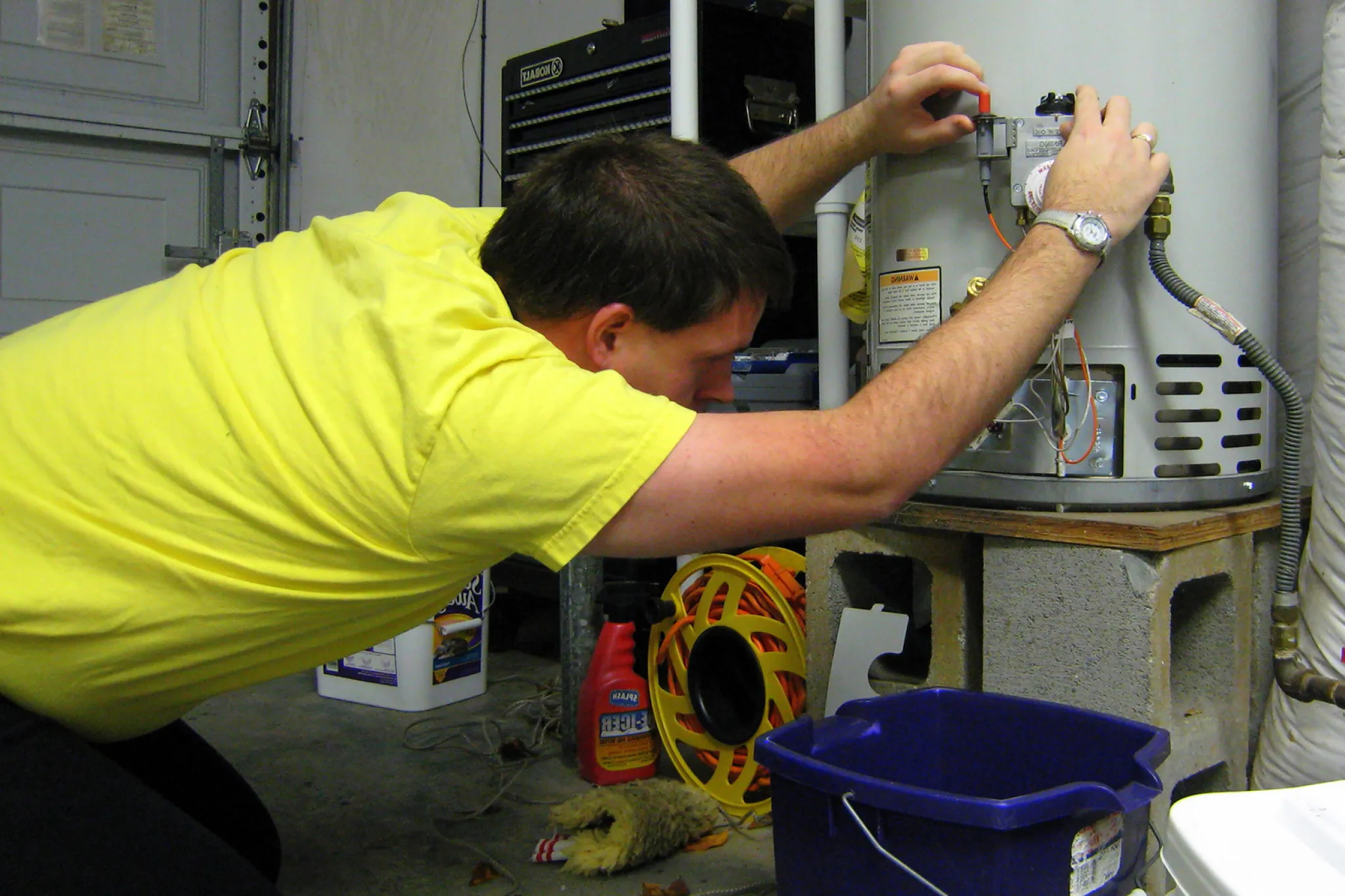What're your ideas on How to Maintain Your Water Heater & Prolong its Life?

Hot water is necessary for daily convenience, whether it's for a rejuvenating shower or washing recipes. To guarantee your hot water system runs successfully and lasts longer, regular upkeep is key. This short article provides practical ideas and insights on just how to preserve your home's warm water system to prevent disturbances and expensive repair work.
Intro
Preserving your home's warm water system may seem overwhelming, however with a few basic steps, you can guarantee it operates efficiently for many years to come. This overview covers whatever from understanding your warm water system to DIY upkeep tips and understanding when to call in expert aid.
Significance of Keeping Your Hot Water System
Normal upkeep not only expands the lifespan of your warm water system but likewise guarantees it operates successfully. Overlooking upkeep can lead to reduced efficiency, greater power expenses, and also premature failure of the system.
Indicators Your Hot Water System Requirements Upkeep
Knowing when your warm water system requires attention can stop significant issues. Watch out for indicators such as inconsistent water temperature level, weird sounds from the heater, or rustic water.
Purging the Water Heater
Flushing your hot water heater gets rid of sediment accumulation, boosting performance and prolonging its life.
Checking and Changing Anode Rods
Anode rods avoid deterioration inside the container. Inspecting and replacing them when worn out is vital.
Facility Issues Needing Specialist Help
Examples consist of major leakages, electric issues, or if your hot water heater is continually underperforming.
Regular Professional Maintenance Conveniences
Professional maintenance can consist of comprehensive examinations, tune-ups, and guaranteeing conformity with security standards.
Inspecting and Adjusting Temperature Level Settings
Readjusting the temperature level settings guarantees optimum efficiency and security.
Do It Yourself Tips for Upkeep
You can carry out numerous upkeep tasks on your own to maintain your warm water system in leading problem.
Checking for Leakages
Routinely check pipes and connections for leaks, as these can cause water damage and greater expenses.
Recognizing Your Hot Water System
Before diving right into upkeep jobs, it's handy to recognize the fundamental elements of your hot water system. Commonly, this consists of the water heater itself, pipelines, anode rods, and temperature controls.
Monthly Maintenance Tasks
Regular month-to-month checks can aid capture small problems before they escalate.
Examining Stress Alleviation Valves
Checking the pressure relief valve guarantees it operates properly and stops extreme pressure build-up.
Shielding Pipes
Insulating warm water pipelines decreases heat loss and can conserve power.
When to Call an Expert
While DIY upkeep is helpful, some issues call for expert competence.
Final thought
Regular upkeep of your home's hot water system is important for performance, longevity, and price financial savings. By following these pointers and understanding when to seek professional assistance, you can make certain a reputable supply of warm water without unforeseen disruptions.
How to Maintain an Instant Hot Water Heater
Before tinkering with your hot water heater, make sure that it’s not powered on. You also have to turn off the main circuit breaker and shut off the main gas line to prevent accidents. Also turn off the water valves connected to your unit to prevent water from flowing into and out of the appliance. 2. When you’re done, you have to detach the purge valves’ caps. These look like the letter “T” and are situated on either side of the water valves. Doing so will release any pressure that has accumulated inside the valves while at the same time avoid hot water from shooting out and burning your skin. 3. When the purge valves’ caps are removed, you have to connect your hosing lines to the valves. Your unit should have come with three hoses but if it didn’t, you can purchase these things from any hardware or home repair shops. You can also get them from retail stores that sell water heating systems. Read the user’s manual and follow it to complete this task properly. When the hosing lines are connected, open the purge port’s valves. 4. You should never use harsh chemical cleaners or solutions when cleaning your unit. Make use of white vinegar instead. It should be undiluted and you’ll probably use about 2 gallons. 5. Now flush your water heater. This task should probably take about 40 minutes. We can’t give you specific directions for this because the procedure is carried out depending on the type, model and brand of your heater. With that being said, refer to the user’s manual. 6. When you’re done draining the unit, you have to turn off the purge port valves again. Remove the hosing lines that you earlier installed on each of the water valves. Put the valve caps (purge port) back in their respective places and be very careful so as not to damage the rubber discs that are found inside these caps. 7. Now that everything’s back in place, check your user’s manual again to find out how to reactivate your water heating system. 8. Once it is working, turn one of your hot water faucets on just to let air pass through the heater’s water supply pipes. Leave the tap on until water flows smoothly out of it. https://www.orrplumbing.com/blog/2014/september/how-to-maintain-an-instant-hot-water-heater/

I was guided to that report about How to Maintain a Hot Water Heater in a Few Simple Steps through someone on another domain. Enjoyed our post? Please share it. Help somebody else discover it. Thank you for your time. Please check our site back soon.
Book Now!